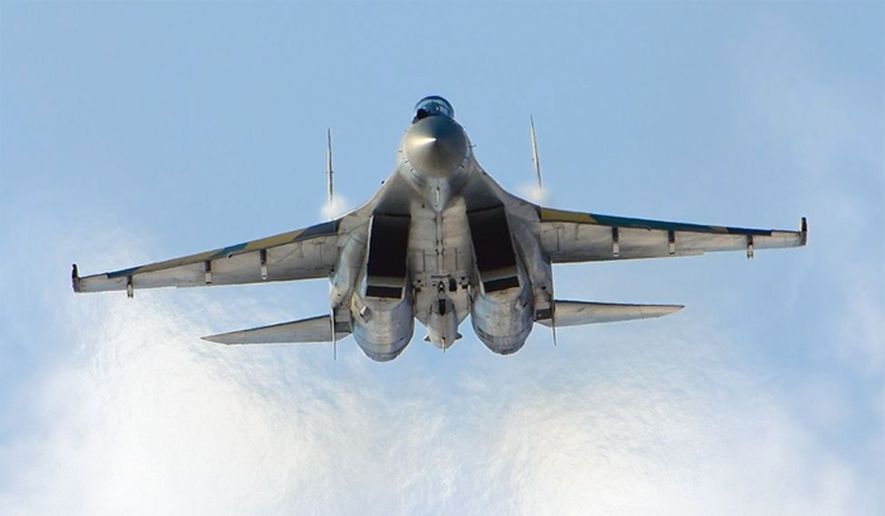5th June, 2019
A Russian aircraft intercepted a U.S. plane three times within about three hours on Tuesday, military officials said, including what they called “an unprovoked and dangerous “high-speed pass” that endangered the lives of the American crew.
The Navy’s 6th Fleet said the Russian SU-35 intercepted the U.S. P-8A Poseidon in international airspace over the Mediterranean Sea.
The incident comes after last month’s U.S. intercept of Russian aircraft flying off the coast of Alaska and adds to already simmering tensions between the two sides.
Russian officials said their planes responded after it appeared the U.S. plane was moving toward Russian naval facilities.
“Russian systems of control of the airspace of the Hmeymim air base in Syria detected an air target [later identified as P-8A Poseidon] above the neutral waters of the Mediterranean Sea that was moving forward to the basing point of the Russian naval facility in Tartus,” the Russian Defense Ministry said in a statement.
“After the US aircraft changed its trajectory, the Russian fighter returned to the air base,”the Russian defence ministry said.
The Americans insisted the U.S. aircraft was “operating consistent with international law and did not provoke this Russian activity.”
“The second interaction was determined to be unsafe due to the SU-35 conducting a high speed pass directly in front of the mission aircraft, which put our pilots and crew at risk. The crew of the P-8A reported wake turbulence following the second interaction,” the 6th Fleet said in a statement condemning the incident. “While the Russian aircraft was operating in international airspace, this interaction was irresponsible. … Unsafe actions increase the risk of miscalculation and potential for midair collisions.”
*Story originally published by Washington Times
